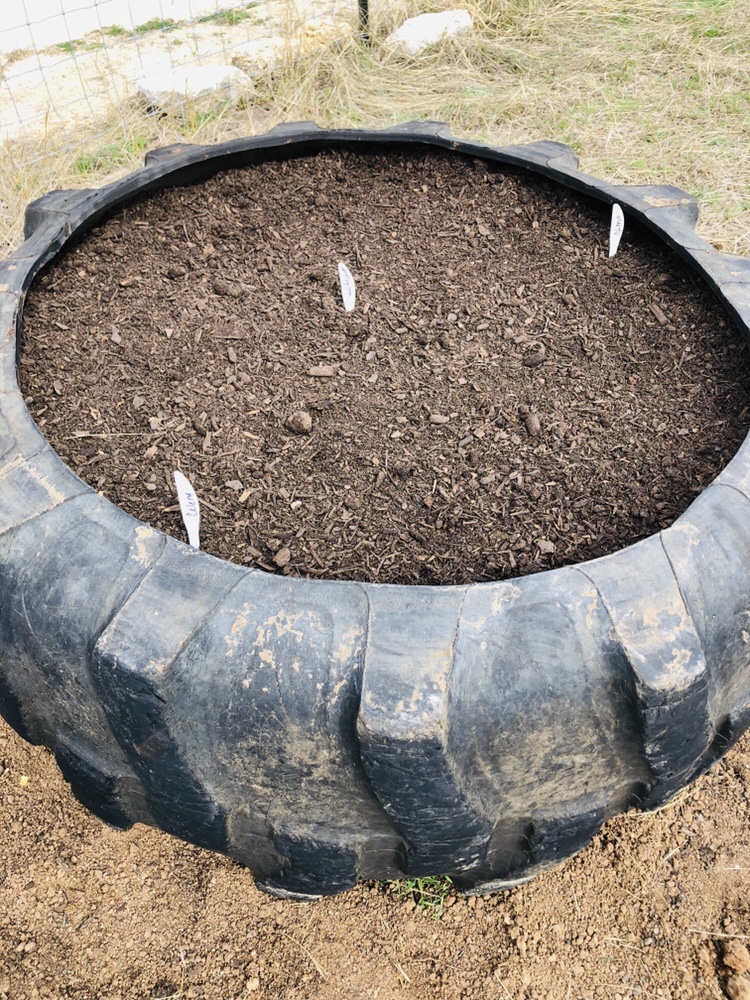
Obsessive love disorder completely describes my relationship with this tomato! Ironically, the acronym for it is OLD! If being old means that it is ok for us to obsess about tomatoes — I am ok with that! I am really not that old but it feels like it sometimes —- But it feels good if you know what I mean.
I attempted to grow this tomato for the first time last year! What a flop! I planted somewhere in the neighborhood of 120 tomato plants and 10 of them were mushroom baskets! I got one stinking mushroom basket tomato! ONE !!!! Oh…… but it was glorious and delicious!
This year has been much better! Although, I can’t say I did anything that much different! I actually was very laissez faire about tomatoes this year. I did decide to do less plants and I fertilized the ground with more horse manure through winter but I always to that.
Oh but when those plants started to take off my excitement built up and the obsession started back. I dream about tomato plants! My husband and I still work out of town and so there are times when we are away from the garden for 2-4 days at a time. I always check the garden before I leave and immediately upon return. This last trip was no different.
I have been watching this giant tomato for over a week waiting for it to show signs of ripening. Everyday ….. nope still green….. nope still green….. not even a blush of color! Finally the day arrives (I mean I didn’t know it arrived but I was hopeful).
We were driving home together this time and it was late because we had both worked a 12 hour shift that day. It is nearly 11pm when we hit the county road. I am so excited to see my tomatoes. I know they miss me too! The county road is 3 miles of dirt road — which doesn’t seem to slow my husband down at all ever! I didn’t really care in this case because I was ready to get there too so I let him drive too fast this time without saying “what’s the speed limit on this road” while I look at his speedometer. We are barreling down the road with dust flying and I am in my mind taking a mental inventory of what all I need to check in the garden. Ah finally, the mailbox and driveway! We are almost there! NOPE— got to check the mail—— !! I really don’t understand why we have to check the mail EVERY-TIME we leave and return (insert sarcasm)! Ok ok get the mail! Go !! Off to the garden!!
Ok we are here! The truck is in park. I swing my door open and hop out ready to make a beeline for the garden but as I turn to shut the door I see my husband loading up his arms with stuff out of the truck! I guess I better help unload the truck! I begrudgingly made several trips inside to help unload the truck and finally it gets unloaded! On my last load inside, I see him unpacking the cooler. WHAT? Can I just go to the garden already! Of course, I have to help unpack the perishables —- but that’s all I am doing! I say to myself!
At long last, I am making my way down to the garden in the dark. No flashlight needed I know this path like the back of my hand! My sweet husband goes on to start checking on the animals and fill up feeders. The cats also know when he is there he feeds them special canned food so they encircle him and he can’t go anywhere.
I am in the garden and I can hear all the sounds of the night. The crickets are chirping and frogs are croaking. There is a slow soft breeze you can hear through the tall weeds of the garden —(that I haven’t had time to pick). I can hear the wind chimes softly playing music. It really is like magic to me! I take a quick moment to appreciate the night in the garden. But only a quick moment because I am on a mission.
I know right where the tomato I want is located. It is on the 6th row from the front and the last plant on that row! I make my way to the row and down the isle to the end. I can see the plant still looks really good but it is hard to tell in the dark and under the foliage of this 4 ft plant if the tomato has turned yet. I pull out my cell phone light and flash the tomato! GASP! Cue the angels signing! There she is in all her beauty …. the most beautiful luscious tomato ever! I don’t want to pick it because she is so perfect on the vine! Wow! I grew that! I do eventually pick it and hold it in my hand like I just picked a bar of gold off that bush. I realize there is another one ripe and another one ripe and another before I know it I have my shirt held up to make a basket and it is full of tomatoes!
Bryon startles me “Chasity, what are you doing?” Well, I am picking tomatoes of course at midnight, I think! Seemed obvious to me. Doesn’t everyone do that? In rattlesnake country no less. It was worth it. She tasted as good as she looked!

She weighed in at just under a pound!



 I had big dreams of fresh tomatoes all summer and canning tons of stewed tomatoes that would last me all winter. Mother Nature had something else in mind. Instead of tomatoes all winter we will be having tons of pickles…… and spaghetti squash.
I had big dreams of fresh tomatoes all summer and canning tons of stewed tomatoes that would last me all winter. Mother Nature had something else in mind. Instead of tomatoes all winter we will be having tons of pickles…… and spaghetti squash.


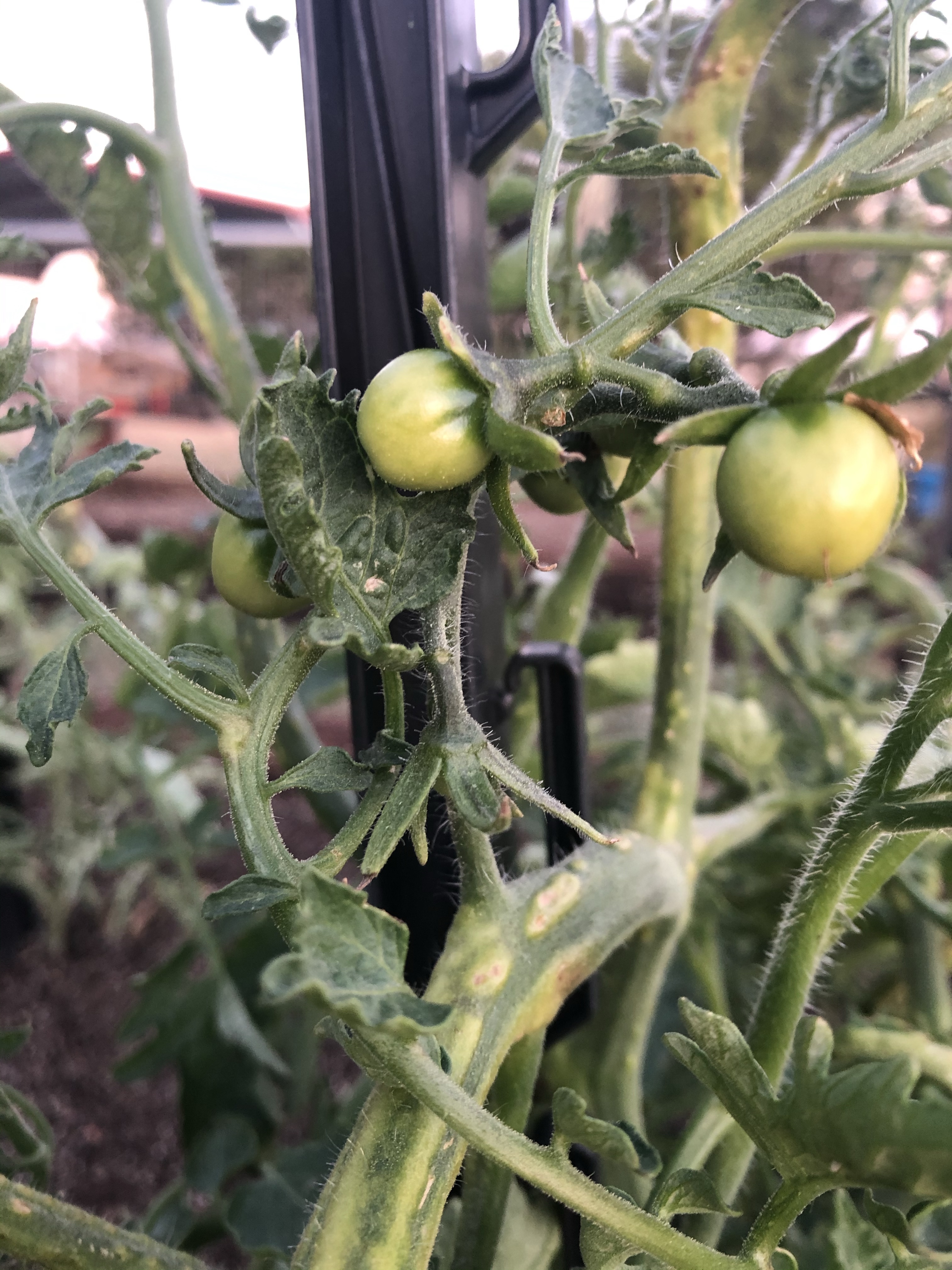
 I froze them initially, then we cooked them down and made some stew tomatoes. We only produced about 4 pint jars this year. I did also get this beautiful black beauty tomato. There was only one and it looked and tasted amazing!
I froze them initially, then we cooked them down and made some stew tomatoes. We only produced about 4 pint jars this year. I did also get this beautiful black beauty tomato. There was only one and it looked and tasted amazing!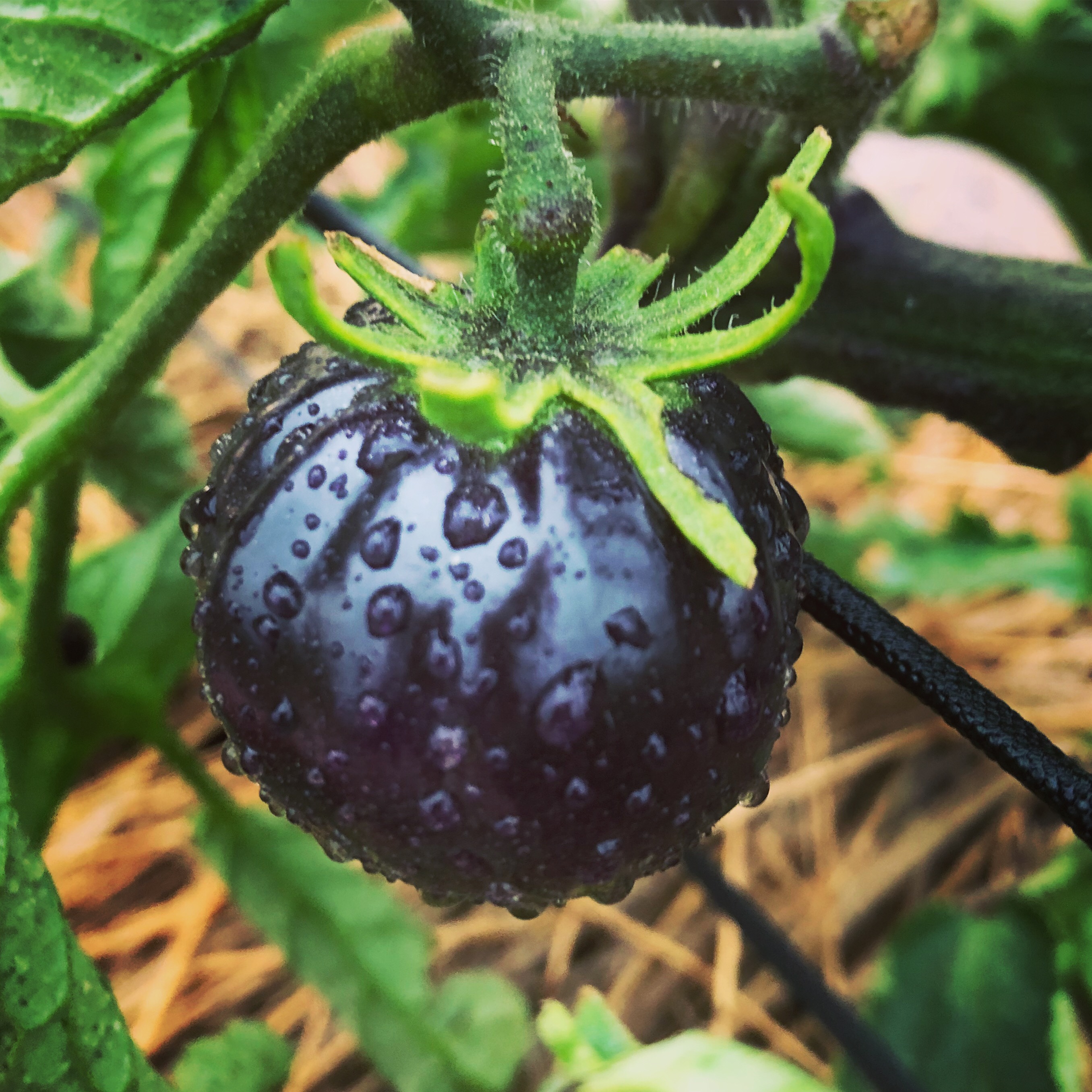




 I did get a fair amount of green tomatoes for pickling before our very early frost hit!
I did get a fair amount of green tomatoes for pickling before our very early frost hit!






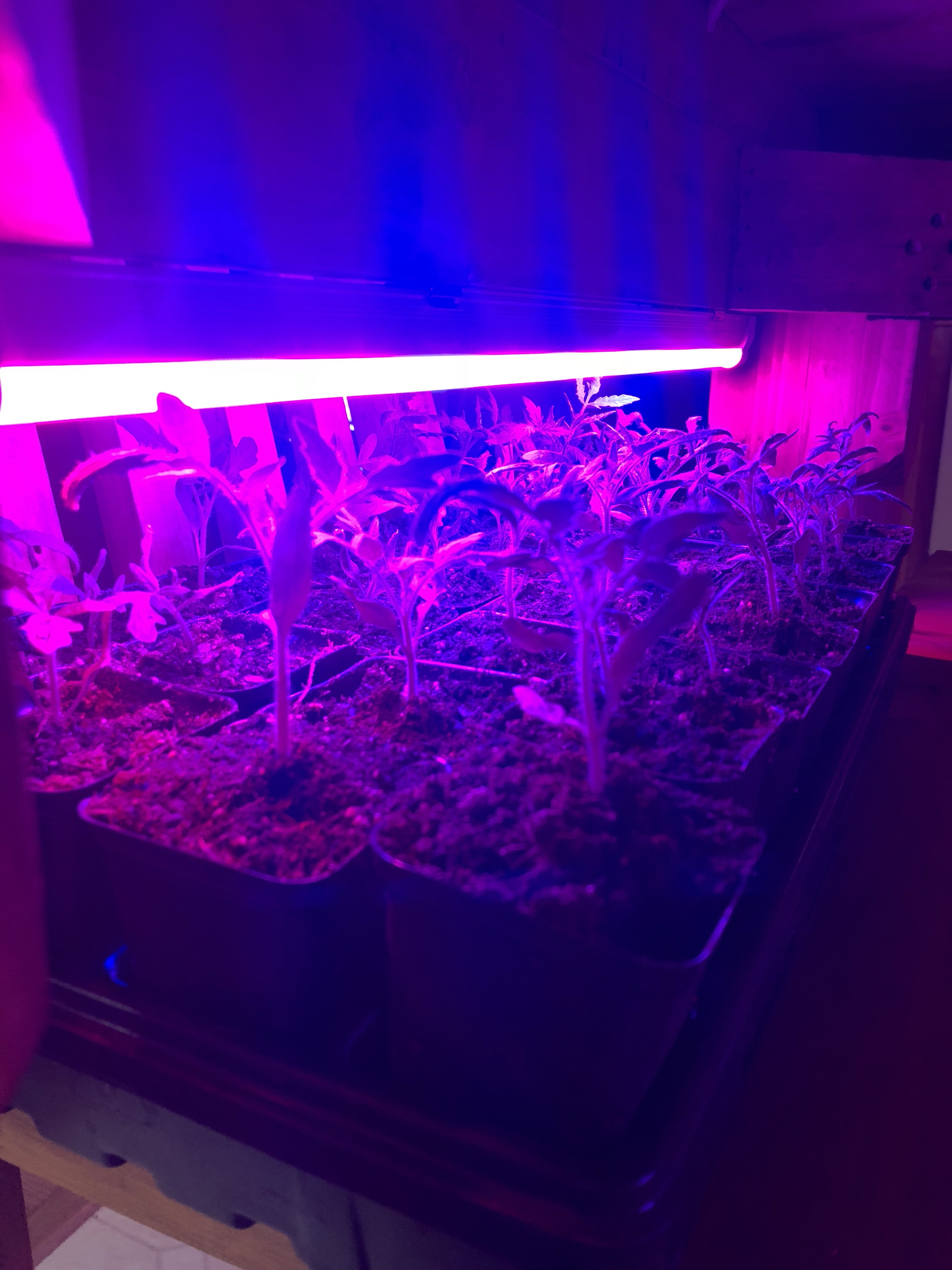



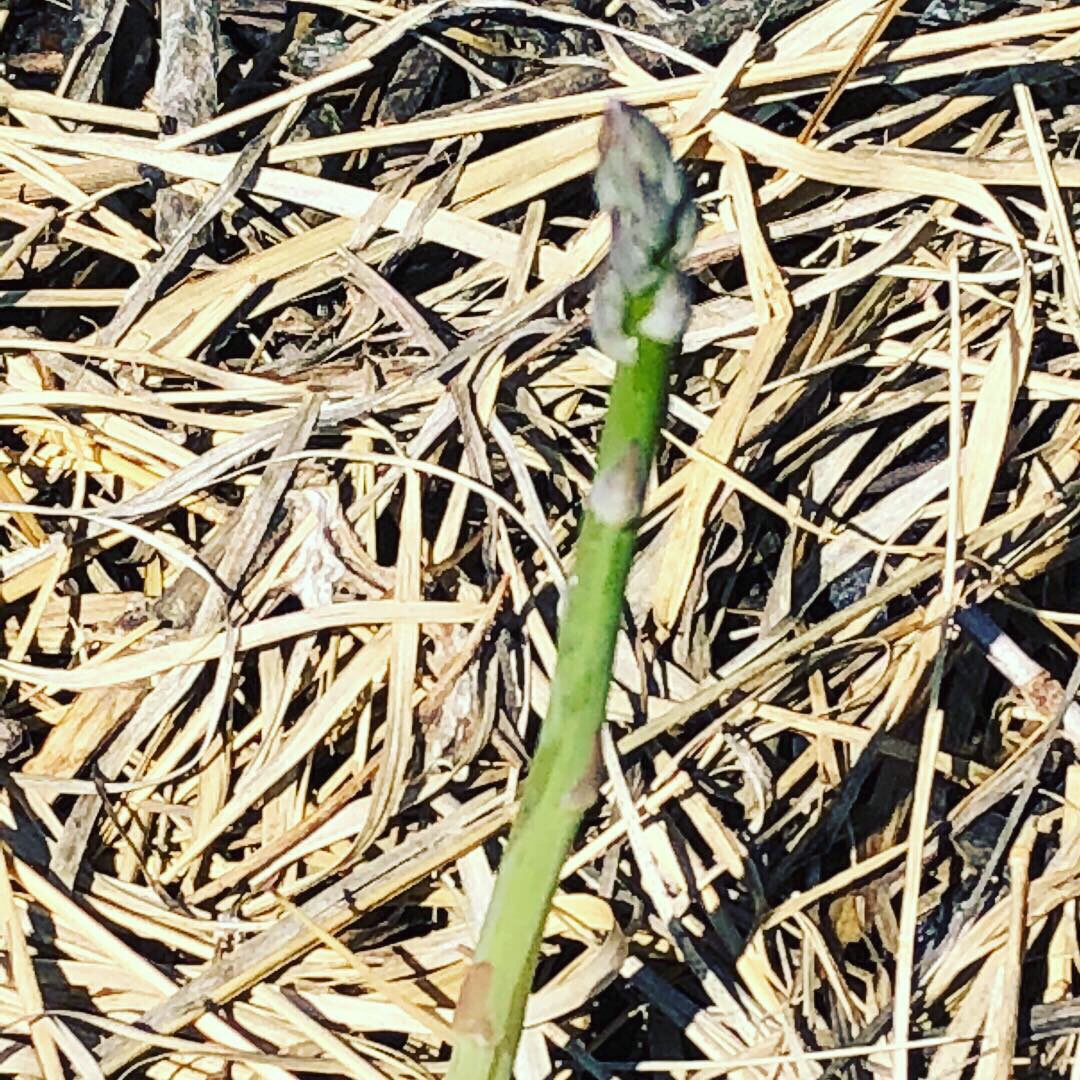
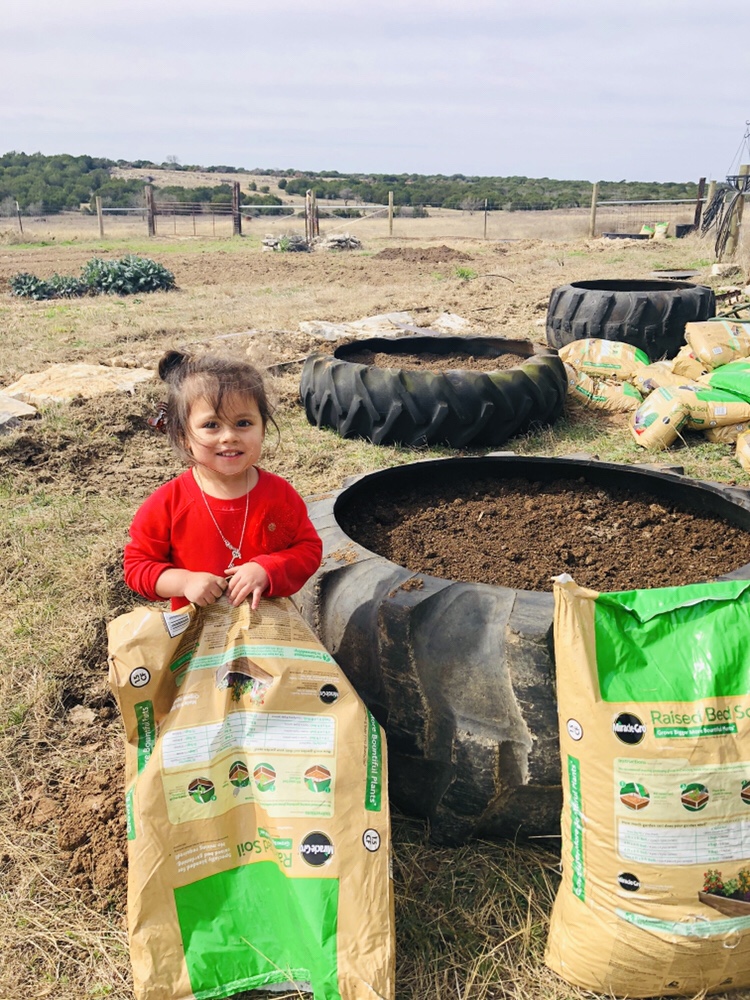



 I got burned two years ago with an off brand alternative so I haven’t really ventured out much with other options. I’ve been sticking to what I know works. Originally, I wanted to completely fill each one with bagged soil but that wasn’t feasible. I didn’t realize how much dirt was required for each tire until I did the math.
I got burned two years ago with an off brand alternative so I haven’t really ventured out much with other options. I’ve been sticking to what I know works. Originally, I wanted to completely fill each one with bagged soil but that wasn’t feasible. I didn’t realize how much dirt was required for each tire until I did the math.